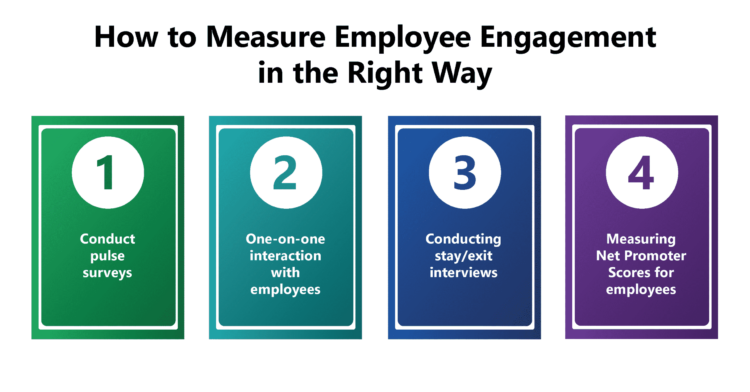Proven metrics to measure the success of your employee recognition programme — from participation and retention to behaviour shifts and business impact.
Employee recognition programs have become one of the most effective ways to motivate and engage the workforce. Measuring their success is essential to justify their time, effort, and investment of money.

An old saying states that if we cannot measure something, we cannot manage it. It encapsulates the need to measure the effectiveness of employee recognition programs.
When done in the right manner, an employee recognition program can ensure a wide range of benefits for an organization.

These benefits include improvement in employee productivity and their commitment and dedication to the organization.
However, organizations must ensure that the program performs as expected to derive these benefits.
Organizations often fail to measure the success of employee recognition programs because they are unsure how to approach it.
So, let’s examine the most effective ways to measure the performance and success of these programs.
1. Seek Direct Feedback from Employees
2. Measure Employee Satisfaction
3. Analyze Change in Retention Rates
4. Assess Behavioral Changes


It is perhaps one of the simplest yet most effective ways to measure employee recognition performance.
Feedback from employees can help organizations gain better insights into their perception of the employee rewards and recognition program.
It also helps the organization understand what it is doing right and what needs improvement.
The organization can get feedback through employee surveys.

Another way to measure the performance of recognition programs is to compare the employee satisfaction levels before and after implementation.
It can happen through employee surveys.
An increase in employee satisfaction may indicate that the employee recognition program is doing well.
However, a dip or no change in satisfaction levels might reflect that the program might need changes.
Even specific questions about employee recognition in an employee satisfaction survey can help pinpoint areas for improvement.
These inputs can be valuable in modifying the program design and implementation to make it more effective.

A significant benefit of a successful employee recognition program is that it helps organizations improve their talent retention rates.
Thus, analyzing the changes in retention rates can also help organizations measure the success of their recognition program.
Organizations recognize that numerous other factors influence employee retention.
However, the organization must corroborate the data with input from exit interviews and other sources.

Although an intangible measure of an employee recognition program’s performance, it is no less compelling.
Careful assessment of behavioral changes can help organizations better understand the effectiveness of their recognition programs than most surveys.
If employees are more satisfied and happier at the workplace, it can indicate the success of recognition programs.
If the changes are negative, management should take timely action to modify the program and achieve better results.

Because “if you can’t measure it, you can’t manage it”—measuring helps justify investment, identify gaps, and optimize impact.
Ask employees for direct feedback through surveys or focus groups to gain insight into their views on the recognition program.
Compare before vs after satisfaction levels. An increase suggests the recognition program is positively affecting morale.
Recognition can help reduce turnover. So, improvements (or declines) in retention may reflect the program’s success (or failure).
If employees start exhibiting more of the desired behaviors—such as helping others and going the extra mile—it suggests that the recognition program is influencing the culture.
Yes—turnover is influenced by many factors (salary, career growth, external offers), so retention data should be corroborated with exit interviews or feedback.
Direct feedback (surveys) is often cited as one of the simplest and most effective methods.
Yes—since surveys capture perceptions, they may not always reflect real behavior or long-term impact. Complement them with retention and behavior metrics.
Measuring the success of employee recognition programs is critical to assess the return on investment in them made by organizations. It also helps in taking timely action to maximize the benefits of such programs.

Lead author: Sagar Chaudhuri, the Co-Founder and CEO of HiFives. He is an HR Tech Evangelist with over 25 years of experience in both corporate and entrepreneurial settings. Previously, Sagar has held leadership roles with companies such as Genpact, Infosys, and ICICI Bank. He has an engineering degree from IIT Kharagpur and an MBA from IIM Lucknow. Connect on LinkedIn
To stay updated on the latest HiFives blogs, follow us on Twitter (@MyHiFives). Learn more about HR Best Practices on HiFives.